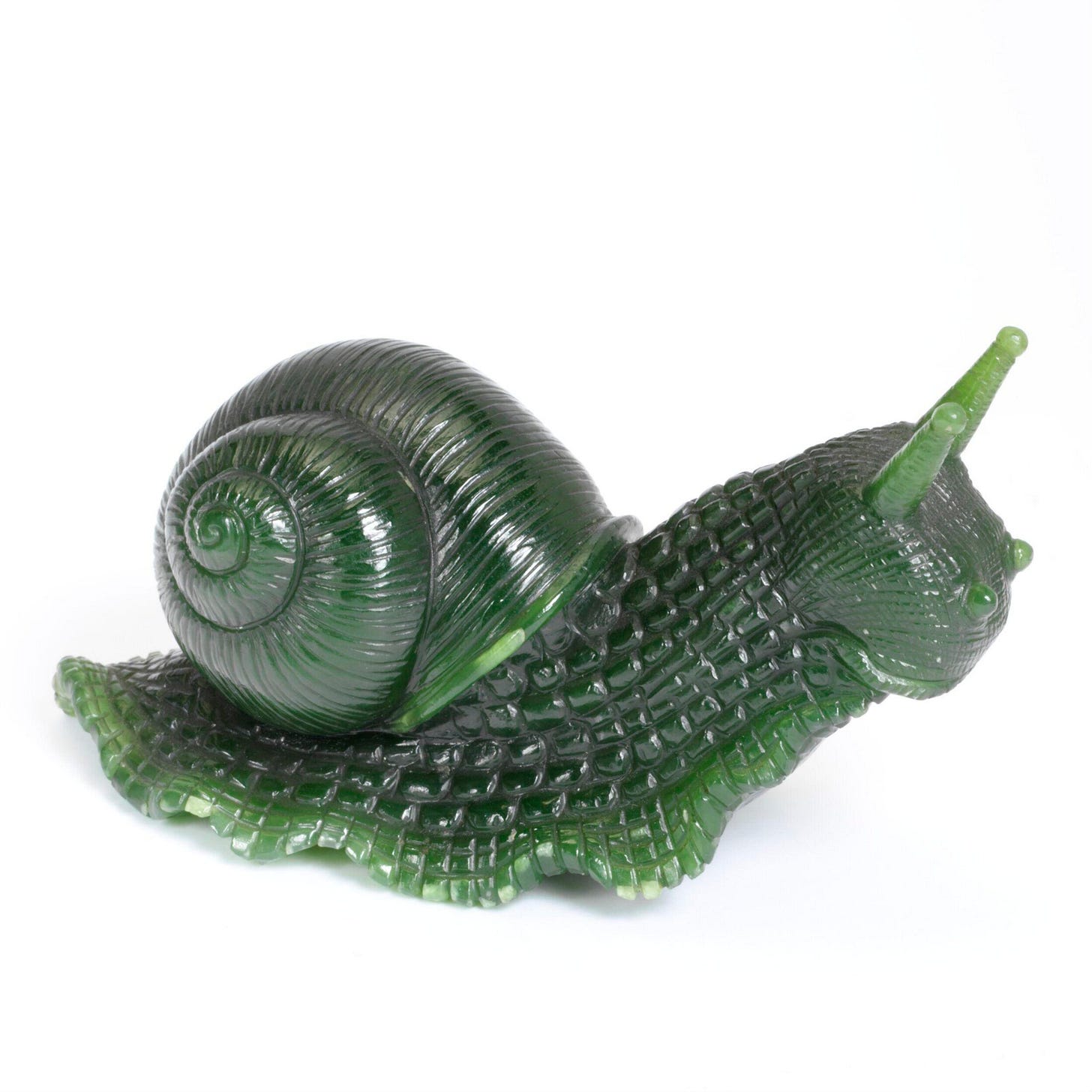CW: Dentistry
I picked up my Alto Sax last week. Just to make sure I had a good reed and such before a gig the next day. I noticed that my embouchure was rubbish and that air kept escaping. Later I noticed that I couldn’t bite my nails because my teeth wouldn’t bite together but I didn’t think too much about that. It annoyed me how rubbish my embouchure was and I thought about what I could be doing differently; I didn’t make the connection between that and not being able to bite my nails. A couple of days later my right cheek had swollen up so I took as many paracetamol and ibuprofen as you're allowed and reckoned it would probably be alright.
I read Drawing as a Way of Knowing in Art and Science by Gemma Anderson-Tempini and I learnt that it’s very difficult to classify things. I naively believed that minerals and plants and animals and such would be strictly grouped by words and number, that drawings would always just be aides. However, Anderson argues for ‘extra-scientific’ methods of classification. Visual resemblances are as important as genealogical or cytological. You can understand the natural world as isomorphisms: structures that are preserved when they are reversed or rotated. I flicked through to the isomorphic drawings. She demonstrates this philosophy in the following etchings:
I thought of the endless refracting similarities of the natural world. I thought about fasciated flowers and this nice Faberge snail.
Isomorphisms are everywhere in music. I would call most systems for composing and improvising forms of isomorphism such as transposition, retrograde, inversion, diminution etc. It’s very natural to take a tune and change it in a way that keeps it the same. In Anderson’s drawings she hasn’t simply perfectly mirrored everything, she has demonstrated the imperfect isomorphism in nature. The starfish’s legs aren’t all equal in length. Equally in music, strict isomorphism gets boring very quickly, so you have to balance predictability with novelty; copying and mutation.
You can get into a real rabbit hole of tuning systems and why the major scale exists but I think a general rule with all musical ideas is that none of them are quite right. Tuning systems stray from the perfect tuning of the harmonic series; scales have big gaps or too many notes or need to change notes if you’re going up or down. Everything is very nearly ordered and very difficult to categorise.
You don’t need to be able to read music to be able to see the similarities and variations of patterns within this Irish trad tune, ‘Mason’s Apron’:
Likewise with these scale exercises:
Whilst I was thinking about all these patterns my tooth hurt.
I didn’t buy Drawing as a Way of Knowing in Art and Science because it was £40, instead I bought Arrangements in Blue by the poet Amy Key. It’s a sort of memoir about her life in the absence of romantic love constantly referring back to Joni Mitchell's Blue because that was the root of all her expectations of romantic love. Towards the end, the book focuses on the decline in health and the ultimate death of her poetry teacher Roddy. Through Key’s perspective, you feel the frustration of watching a man incapable of looking after himself descend into alcoholism and liver disease.
I hadn’t been to the dentist in eight years, not out of fear but just carelessness. Eating sweets is also a personality trait of mine, I’d always have sweets in my pocket and I liked offering them to people. I felt sugar was an addiction I was allowed because I’ve not drank alcohol in five years and I’ve never smoked so surely I can eat as many sweets as I like and never go to the dentist.
On Sunday night I had to call NHS 111 and at 1900 I got to an emergency dentist in Lewisham where everyone was lovely and calm. They took an x-ray and told me the tooth had to come out right now. So before I had any time to dread they were pulling out my molar and it was only whilst I was firmly closing my eyes, hearing the crunching of my tooth but luckily feeling very little, that I realised that no one had said why the tooth was being taken out. I didn’t feel like I’d been cheated, the dentist looked at it and said "Let's take it out". That all made sense but I didn’t know specifically why the tooth had to go. After quite a long time of making sure I didn’t open my eyes, I sat up and the dentist said "Do you want to see the tooth?" In a very professional way but also with a twinge in his voice that suggested he was secretly a bit excited by this tooth but was annoyed that he didn’t have an audience to share it with.
There were four roots on the molar which is an anomalous morphism held by 0.047% of the world's population and the roots were all weird, far from uniform in length or direction. The dentist looked at it like he’d caught an elusive fish and said "So you’ve got one of those". This beautiful refracting kaleidoscope of nature had been churning up my gums and jaw, slowly waiting to strike for 27 years.
I thought about Kurt Weil’s ‘What Keeps Mankind Alive’ :
“You gentlemen who think you have a mission
to purge us of the seven deadly sins
should first sort out the basic food position
then start your preaching, that's where it begins”
I’d amend the song to say: even before the basic food position must come dentistry. No one is hungry when they need a tooth pulled out.
In retrospect, I remembered I had asked to be free of my silly little worries and and my wish was granted. Your heart and mind get very quiet in the face of a four-pronged molar.








